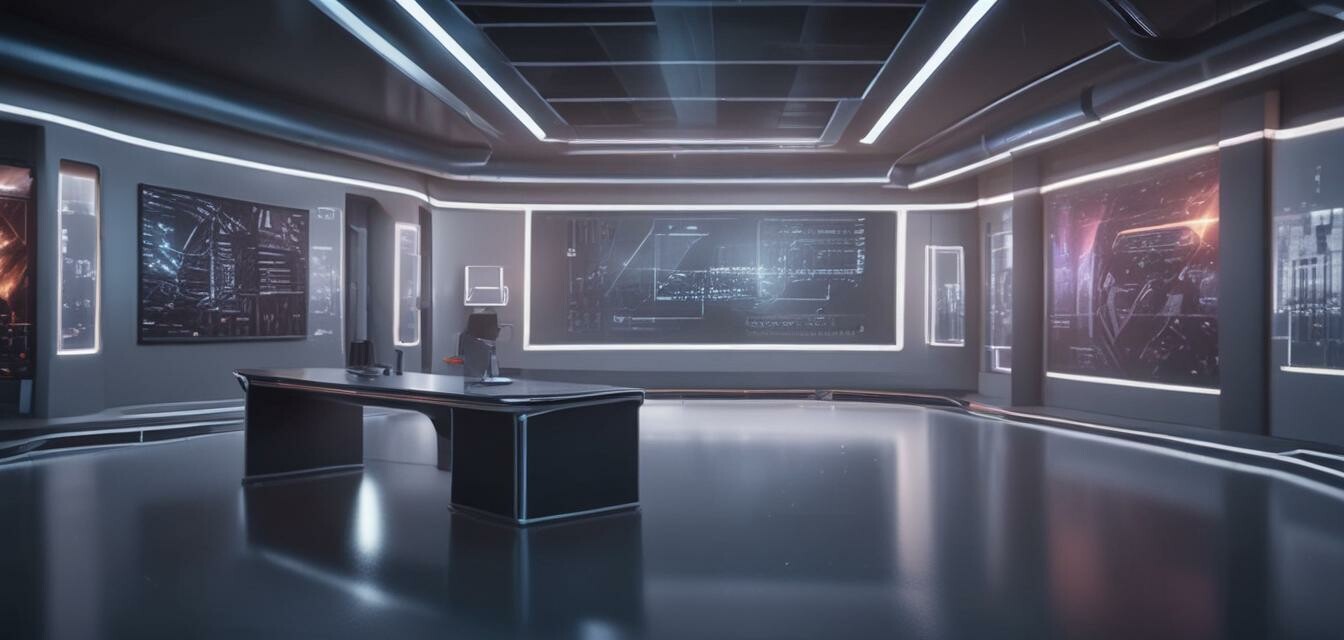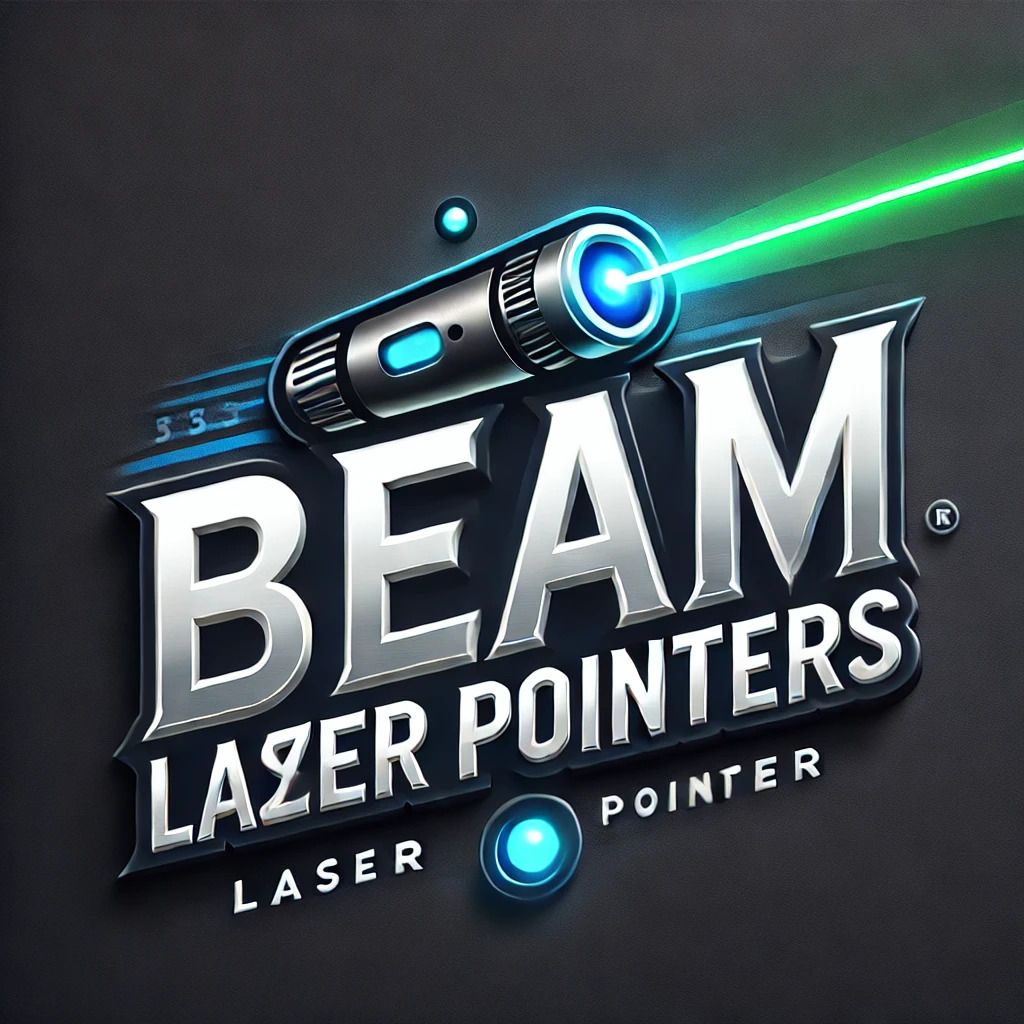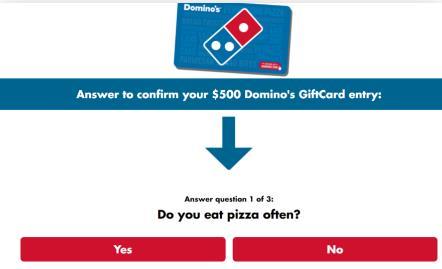
The Role of Laser Pointers in Virtual Presentations in 2025
- Evolution: Laser pointers are evolving for enhanced usage in virtual environments.
- Integration: New technologies for seamless integration into virtual platforms.
- Accessibility: Improved options for accessibility to users.
- Functionality: Advanced features aimed at educational and professional settings.
As we move closer to 2025, the landscape of presentations has profoundly shifted, particularly due to the rise of virtual environments. Laser pointers, once a staple in traditional settings, are now adapting to fit this new mold. This article explores how laser pointers are evolving in their function, technology, and user experience, particularly in the context of virtual presentations and online teaching environments.
Understanding the Shift to Virtual Presentations
The need for effective communication has led to an increase in virtual presentations. Remote work and online learning have become integral to many sectors. Therefore, understanding how to captivate an audience in a virtual space is essential.
Why Use Laser Pointers in Virtual Settings?
Laser pointers provide several benefits, especially in virtual presentations:
- Highlight important points with precision.
- Enhance audience engagement through visual cues.
- Facilitate easier navigation of complex visuals.
Technological Advances in Laser Pointers
Innovation in laser pointer technology is creating tools that are more versatile and user-friendly. Let's take a look at some of the key technological advancements:
| Feature | Description |
|---|---|
| Bluetooth Connectivity | Allows remote operation directly from a computer or digital device. |
| Integration with Presentation Software | Smooth transitions and functionality with tools like Zoom and PowerPoint. |
| Customization Options | Adjustable beam colors and shapes to match content themes. |
| Rechargeable Batteries | Longer usage times and eco-friendliness. |
The Role of Integration with Software
As virtual meetings rely more on digital platforms, integration has become crucial. New laser pointers are designed to work seamlessly with software such as Zoom, MS Teams, and Google Meet, allowing users to:
- Control slides directly.
- Change settings in real-time.
- Use advanced features like virtual backgrounds for better audience focus.
Accessibility and User Experience
Modern laser pointers also emphasize accessibility, offering design improvements to cater to all users:
- Ergonomic designs that are comfortable for prolonged use.
- Visual and auditory signals for users with disabilities.
- Simple controls for seamless interaction.
Enhanced Functionality in Education
In the education sector, innovative features enable teachers to maintain engagement during online classes. Interactive laser pointers can:
- Promote collaboration in group activities.
- Facilitate instant feedback on student presentations.
- Utilize QR code features for instant access to supplementary materials.
Looking Ahead: The Future of Laser Pointers
The future of laser pointers in virtual presentations holds promise. With the potential for further technological advancements, we can anticipate:
| Future Aspect | Potential Changes |
|---|---|
| Eco-Friendly Designs | Increase in sustainable materials and energy-efficient technology. |
| Smarter Features | Integration of AI for personalized user experiences. |
| Increased Interactivity | More interactive elements to engage participants actively. |
Conclusion
As we navigate through 2025, the adaptation of laser pointers to virtual formats is both exciting and essential. These tools not only enhance communication in online settings but also provide users with the means to connect and engage. With ongoing advancements in technology, the laser pointers of tomorrow will likely play a pivotal role in how we present and teach in a digital world.
Tips for Using Laser Pointers in Virtual Presentations
- Familiarize yourself with the features of your laser pointer before the presentation.
- Ensure compatibility with your presentation software.
- Practice using visual cues effectively to maintain audience attention.
Pros
- Enhances audience engagement.
- Increased functionality through advanced technology.
- Improves clarity and focus during presentations.
Cons
- Potential learning curve with new features.
- Reliance on technology may lead to issues if devices malfunction.
- Can be misused if not handled properly in interactive settings.
For more insights into the latest industry trends, visit our News and Trends section. If you're exploring options for your next presentation, check our Presentation Lasers.



